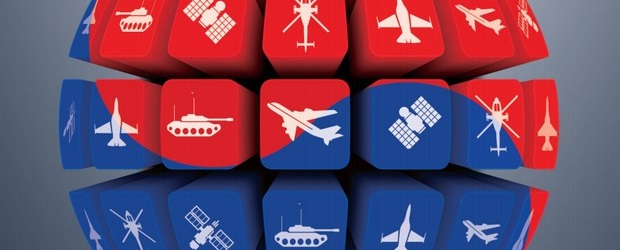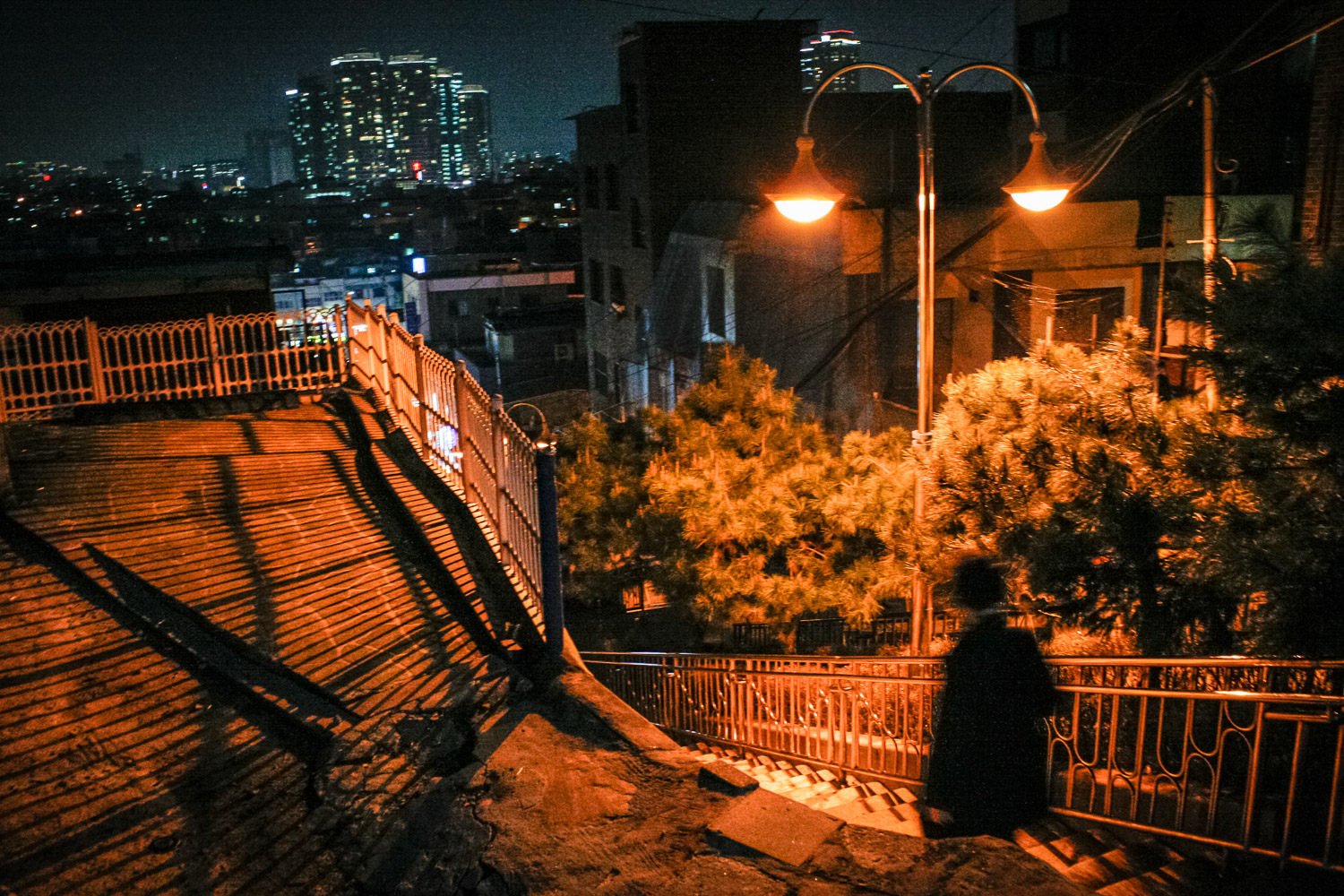
South Korea's Military Industrial Complex

It is a strange phenomenon that nation-states hold public exhibitions and expositions of objects which cause human fatalities and mass misery. The purpose of these exhibitions is the very sale of weapons that obliterate human beings in a near or far geographical location and leave them without limbs or eyes or life.
The Seoul International Aerospace & Defence Exhibition (SEOUL ADEX) is one such venue. South Korea is in the business of taking business very seriously and the exhibition is no ordinary matter. The 2013 SEOUL ADEX, as its brochure says, held 361 exhibitors from 28 countries resulting in on-site contracts and contract consultations worth $7.5 billion USD. The 2015 exhibition promises to be much more. The precise management of the next exhibition, the marketing a year in advance and the immaculate website only confirm that Seoul and its partners will benefit from the dispatch of highly advanced killing machines from one part of the world to another.
South Korea is a remarkable country on many fronts, and the speed with which it ‘develops’ even more so. We all know the story of its meteoric rise in economic growth but the figure which escapes many South Koreans and foreigners alike is that of South Korea’s burgeoning arms industry: From mere $250 million USD in 2006, the industry grew to be worth $3.4 billion USD in 2013, with the bulk of the growth taking place between 2010 and 2013 in spite of the global financial crisis and a stagnant domestic economy
The Stockholm International Peace Research Institute (SIPRI) database shows South Korea to be the world’s 13th largest arms exporter, and the 8th largest arms importer for the period between 2009 and 2013. So who are the new recipients of Korean arms? Or is it that old recipients have increased purchase of Korean arms? The answer is both.
Supply of arms to the Middle East — notably Afghanistan and Iraq — prove that South Korean allegiance to the Washington consensus power brokers has consistently aided its national corporations. Bahrain, a firm ally of the U.S. in the Middle East, was receiving a supply of tear gas from South Korea’s Dae Kwang Chemical Company until Stop the Shipment and CAAT successfully launched a campaign in 2013 to end the trade. Israel allegedly is another such customer.
However, South Korea has also expanded its arms export to more remote parts of the world. The government’s Defence Acquisition Program Administration (DAPA), in charge of issuing export licenses for arms export, realizes the challenges of entering a market dominated by the likes of the US, Russia, Germany and China, and encourages export to ‘niche’ markets and developing countries. This is a practice which remains largely undocumented as of yet because it is limited to smaller contracts and still in early stages of political and diplomatic manoeuvring.
But the South Korean venture within the industrial war machine is not limited to supplying battle tanks and artillery systems through Samsung, Hyundai, Korea Aerospace or Hanwha Corporation. South Korea is also quick to provide cheap labour for export in the form of private mercenaries who offer much more attractively priced services as compared to their American or European counterparts. The murky legislation surrounding private mercenaries means South Korea can join this market without scrutiny.
Now that Japan has joined the race by relaxing its export ban on arms and Chinese arms make headway in countries like Sri Lanka, South Korea is under pressure to cut costs even more and expand its market. As South Korea searches for cheaper labour in Asia and Africa to maintain its edge in manufacturing of all kinds of good, the country continues to shift its final assembly operations for electronics to places far away. The possibility of building assembly plants for weapons in similar locales does not seem that remote.
South Korea prides itself on being the country of peace-loving “white-clothed people”. The official version of its modern history chronicles a pacifist nation that has suffered ravages of war at the hands of powers both distant and nearby, not least during the Korean War which continues in theory to this day.
That reality of the two Koreas being at war for six decades has something to do with South Korea’s growing military industrial complex, which, dissatisfied with domestic demands, goes on a hunt for more customers, more states, and more victims elsewhere despite its ostensibly peace-loving nature.
The wonder over exhibitions of ‘precision’ missiles and drones in this country full of recollections of war’s horror is not only ironic but also morally reprehensible. But it is a fact which the South Korean government appears to pay no heed to and much less wishes to advertise to anyone except merchants of death, who frequent these expos as part of just another day’s work.

